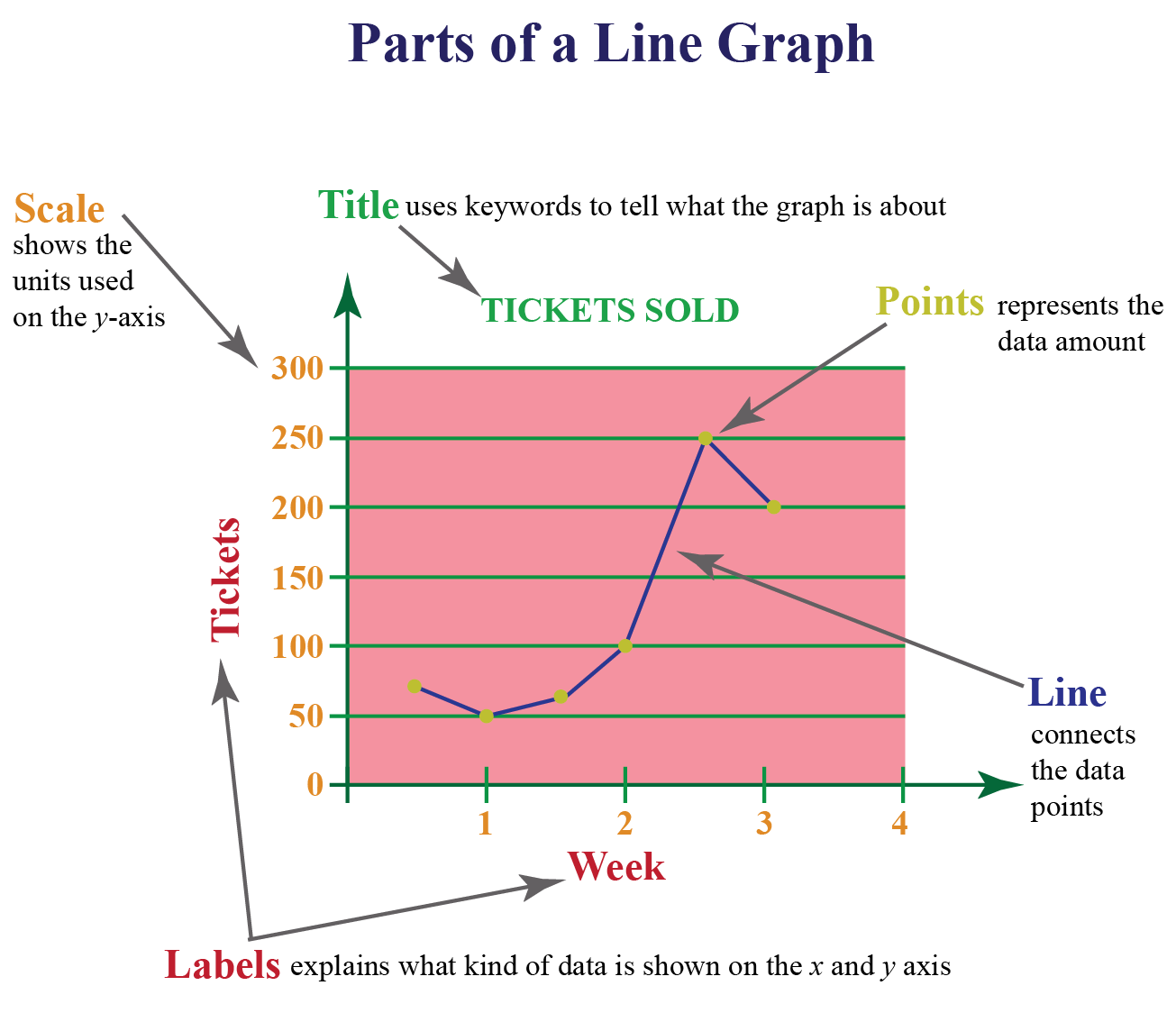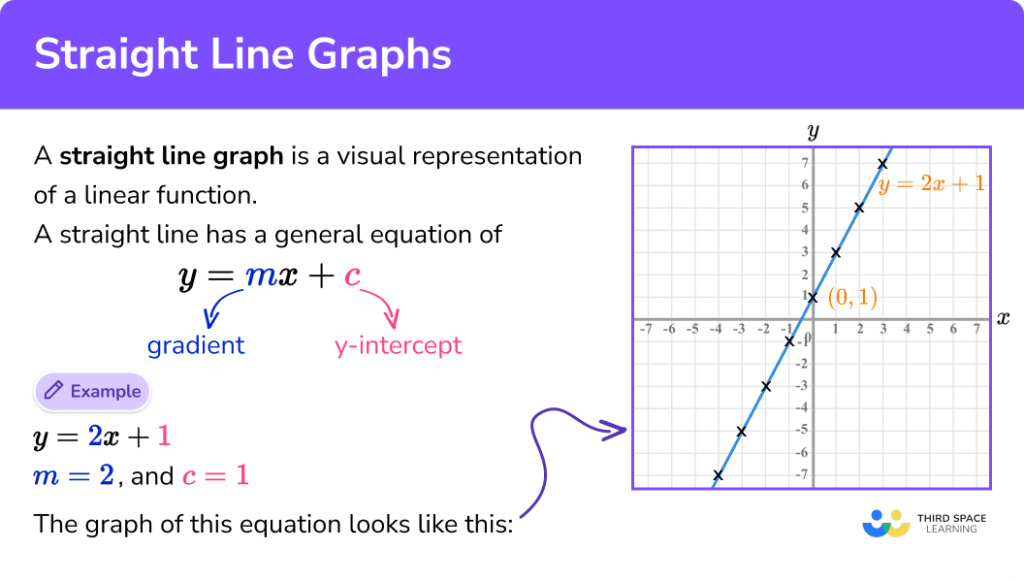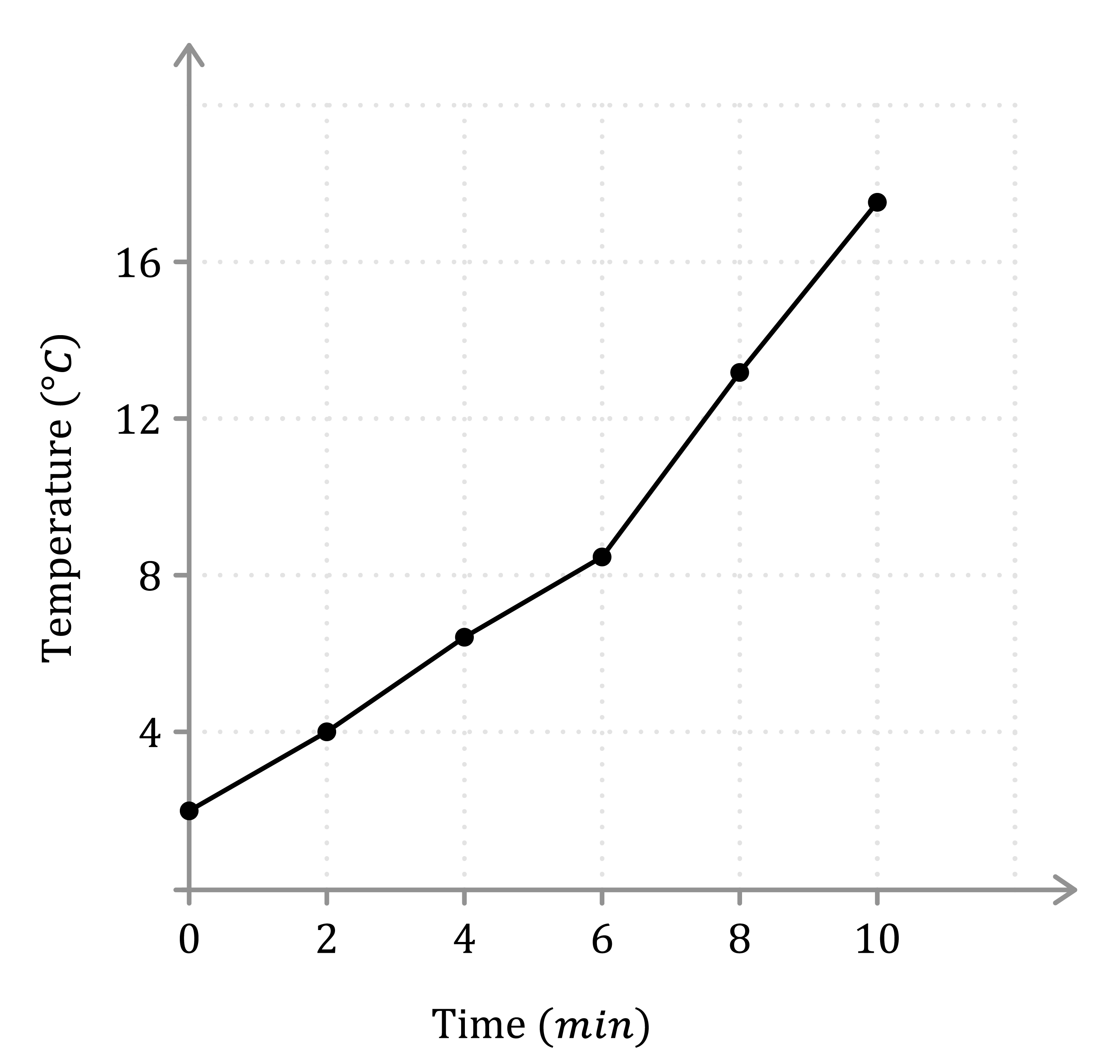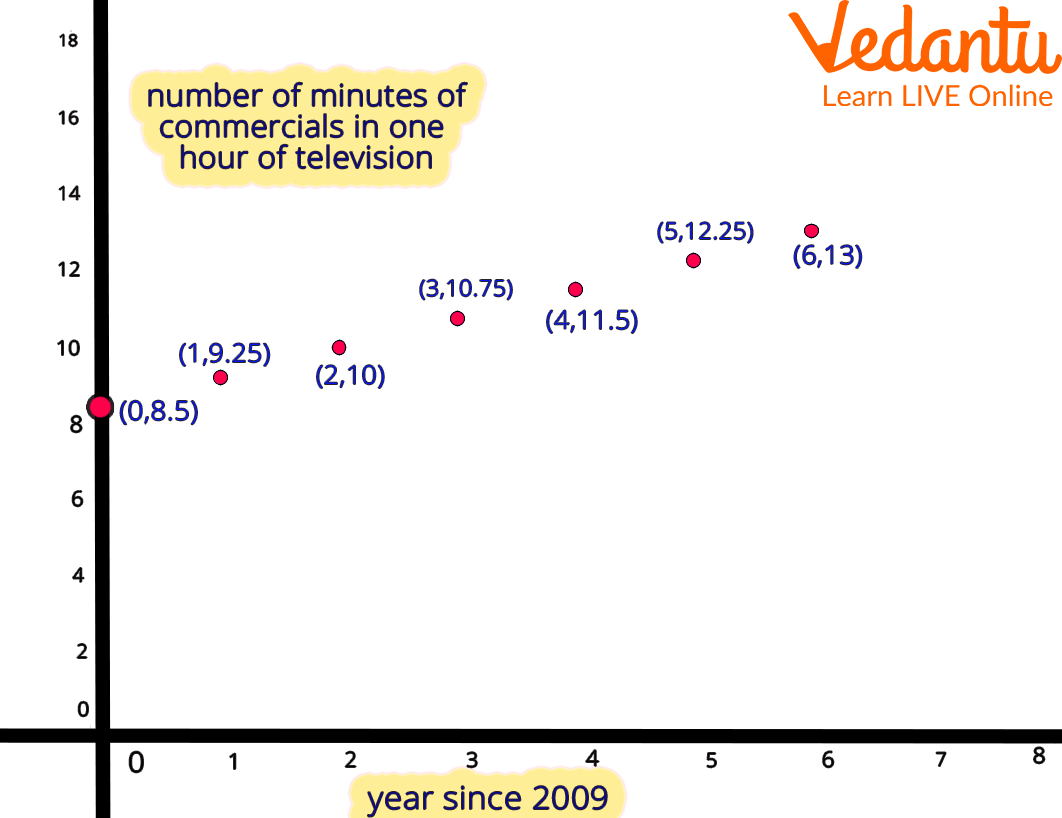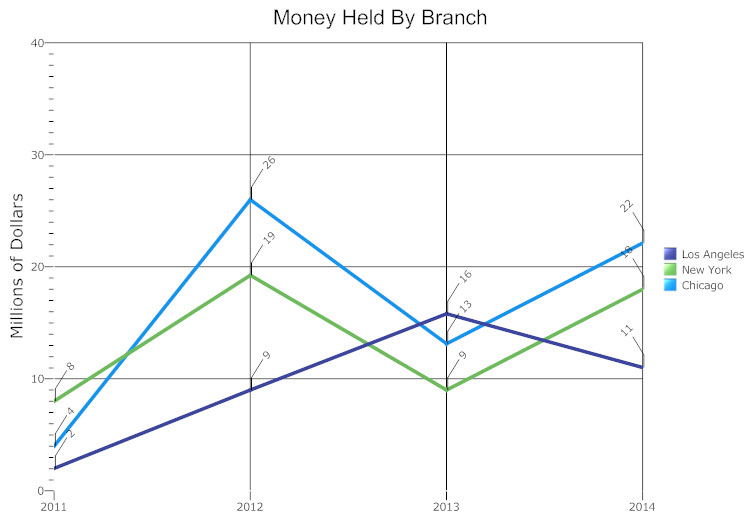Supreme Tips About Are Line Graphs Only Used For Time Lm Ggplot

Line charts are also known as line plots.
Are line graphs only used for time. A line graph is used to visualize the value of something over time. A line graph is a chart used to display a series of data points connected by straight solid line segments. A line graph displays quantitative values over a specified time interval.
Line graph is useful when there is a need to analyze continuous data over a period of time, whereas, scatter plots work best when comparing large numbers of data points without regard to time. A line graph is a simple way to visually communicate how the measured values of a continuous variable change over time. Line charts are not suitable for comparing multiple categories at one point in time for a single variable.
Works only for periodical data. Line graphs easily show trends and patterns. Easy to look messy if more than 7 categories are.
In finance, line graphs are commonly used to depict the historical price action of an asset or security. When are line graphs used? Line graphs are used to track changes over short and long periods of time.
Line graphs are used to show changes that happen over a period of time. You can plot it by using several points linked by straight lines. A line graph, also known as a line chart or a line plot, is commonly drawn to show information that changes over time.
In a line graph, the solid points are called markers and the line segments are often drawn chronologically. Line graphs are commonly used to find out changes in sets of data over some specific time interval. Line graphs (or line charts) are best when you want to show how the value of something changes over time, or compare how several things change over time relative to each other.
Good for showing trends over time. The best way to visualize changes. The most classic use case for a line chart is time series data, where the time variable is plotted on the horizontal axis.
It is often used to identify and interpret trends, patterns, and relationships in continuous data. A line graph, also known as a line plot, visually connects numerical data with lines to display changes over time, effectively showing trends such as stock prices or weather patterns. When smaller changes exist, line graphs are better to use than bar graphs.
Whether you are tracking growth, comparing multiple datasets, or presenting historical trends, line graphs provide a clear and intuitive way to communicate complex information. You can use line graphs in many professions to represent how variables relate to one another and change over time. Let me show you what i mean.
We can also use line graphs to compare changes over the same period for more than one group. A line graph is the simplest way to represent time series data. A line graph (or line chart) is a data visualization type used to observe how various data points, connected by straight lines, change over time.
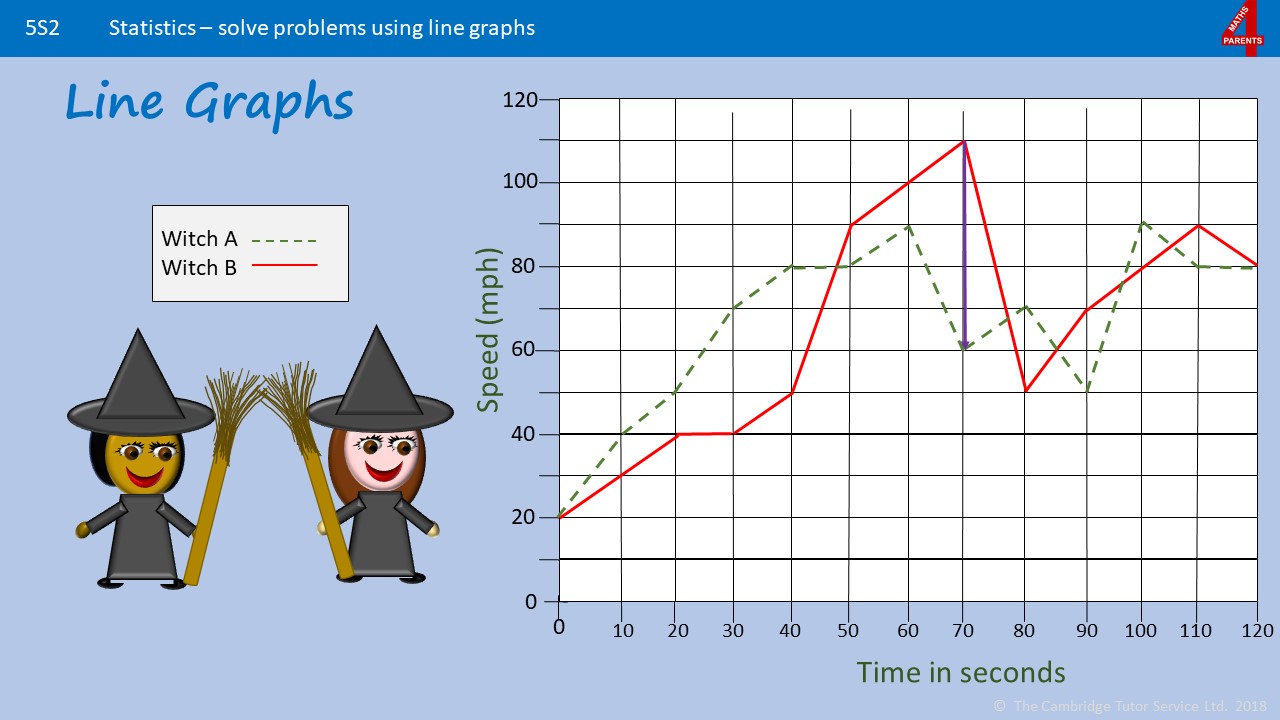
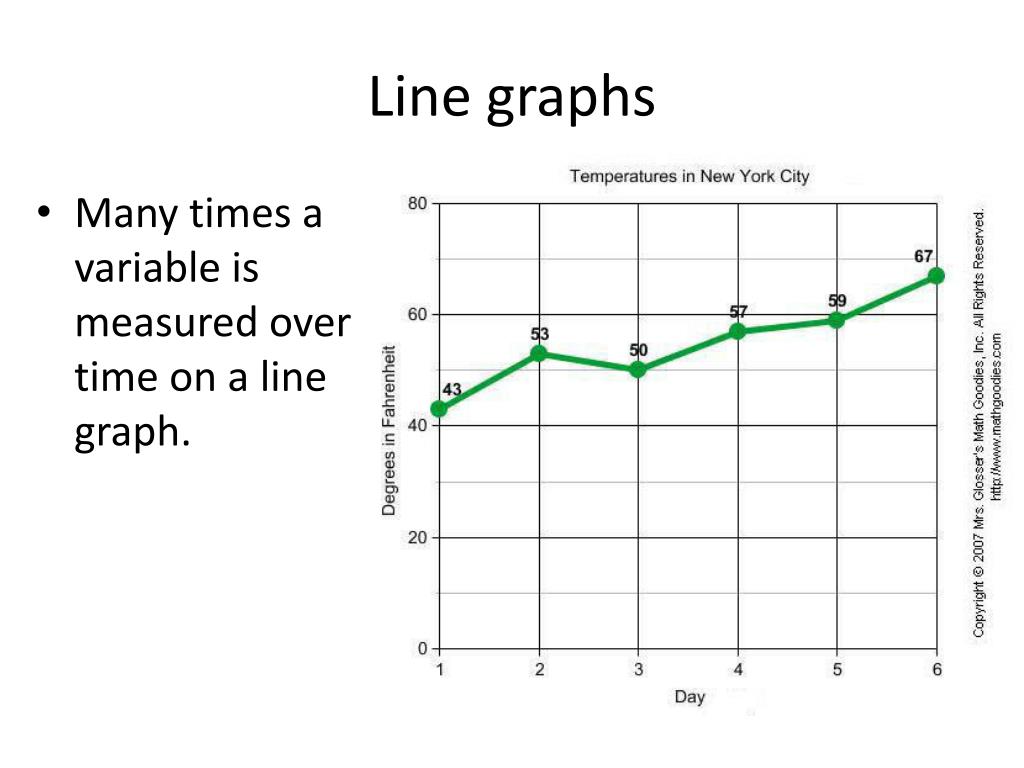
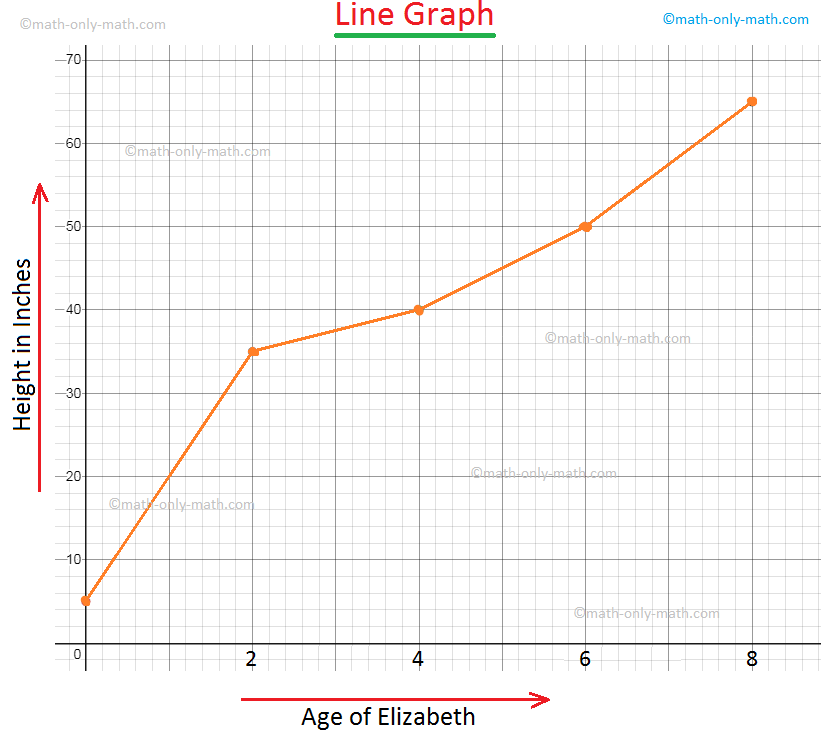

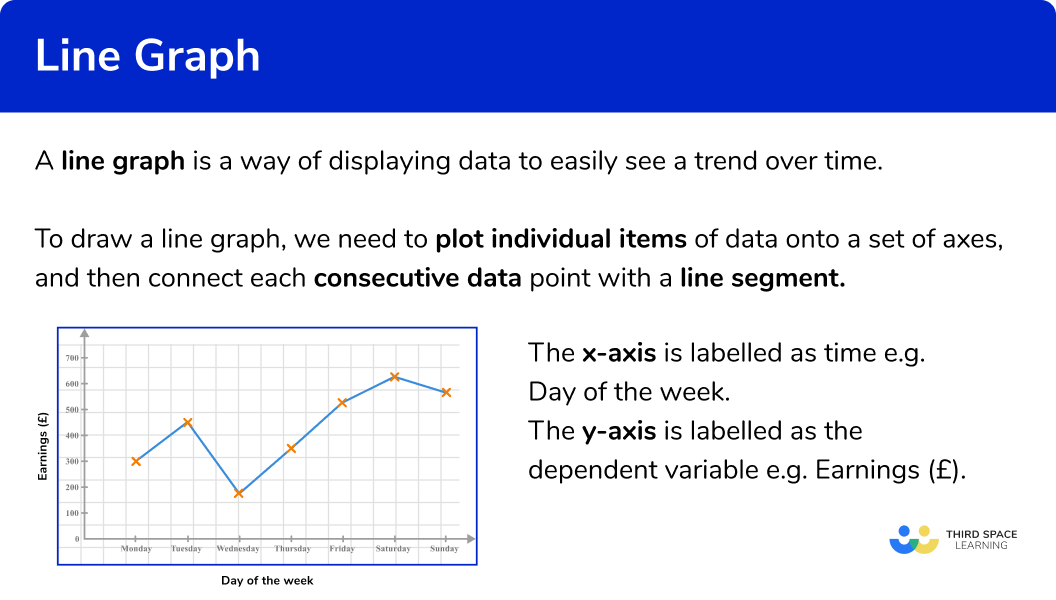

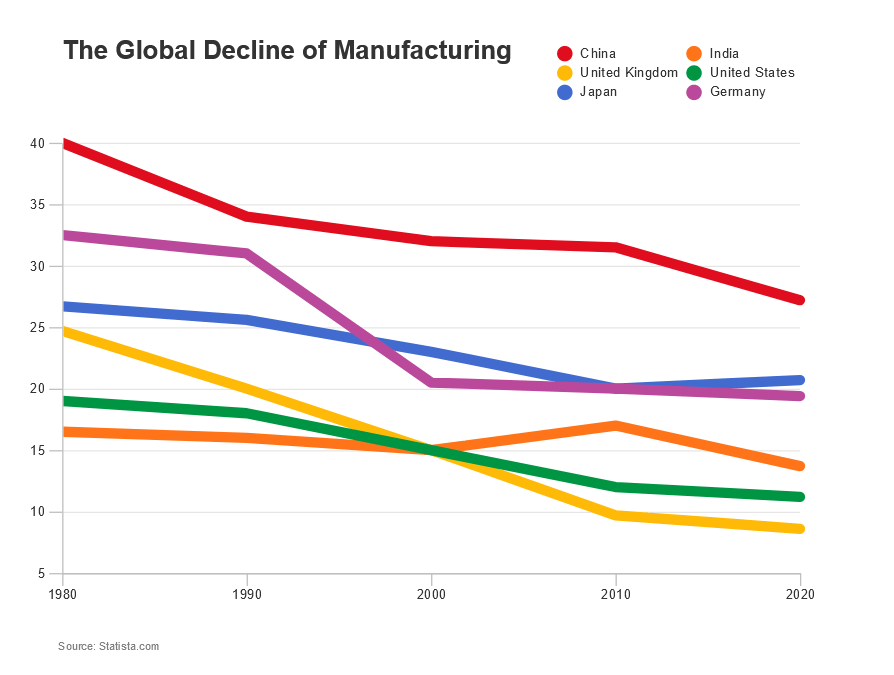
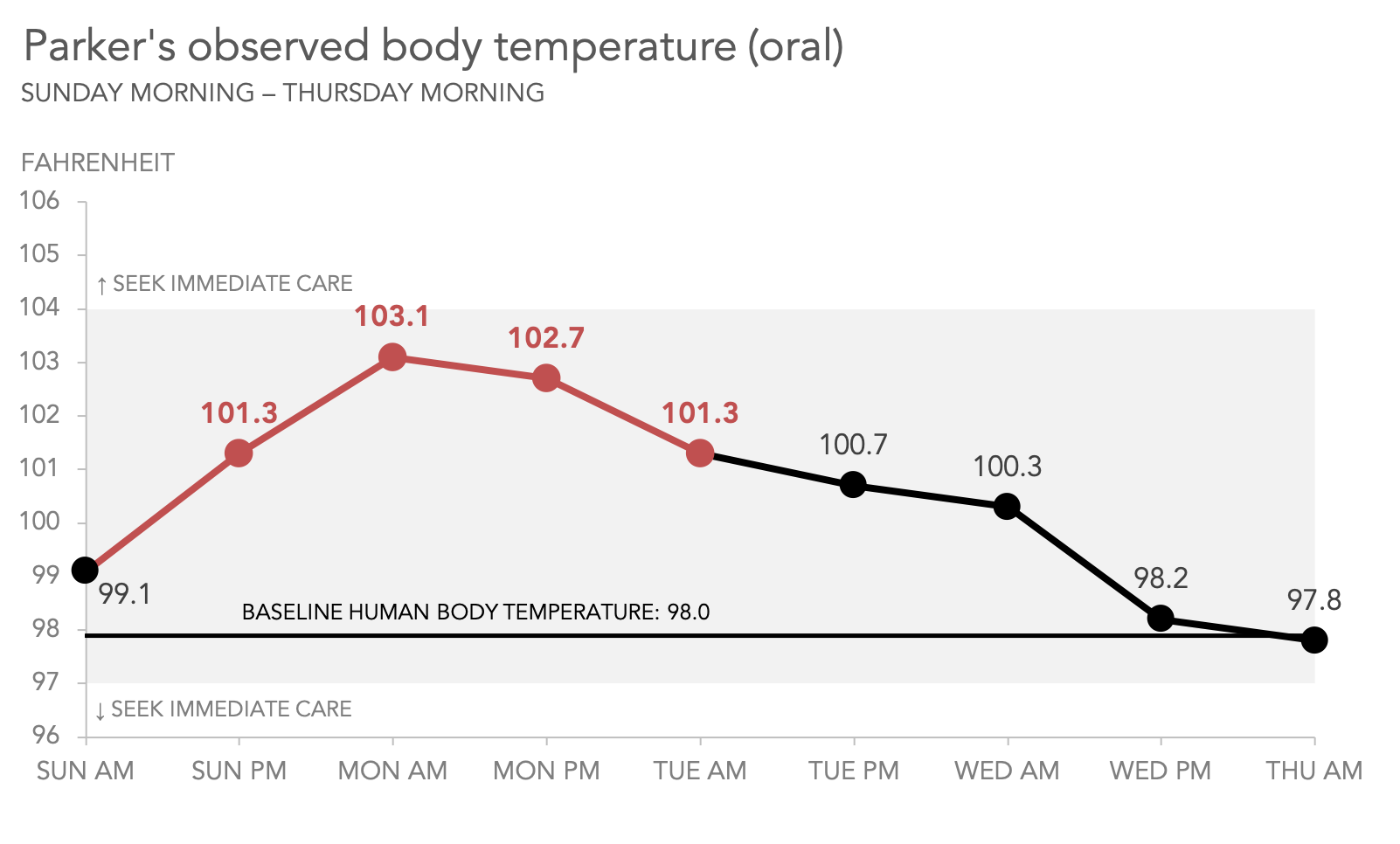
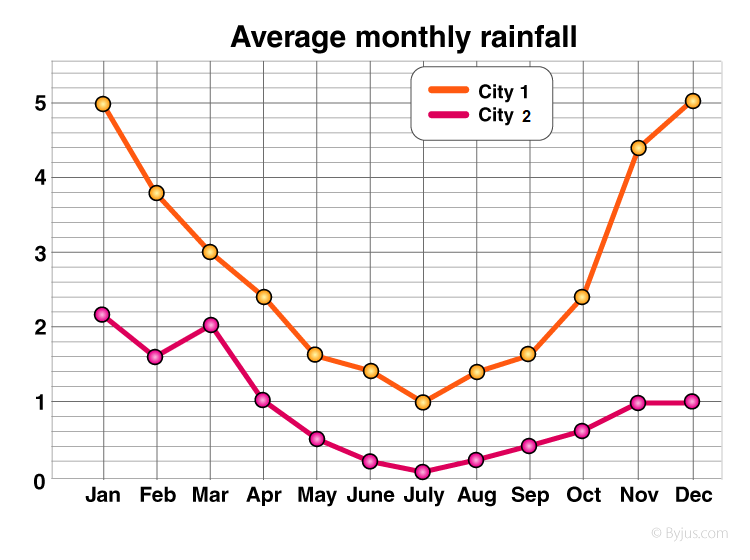


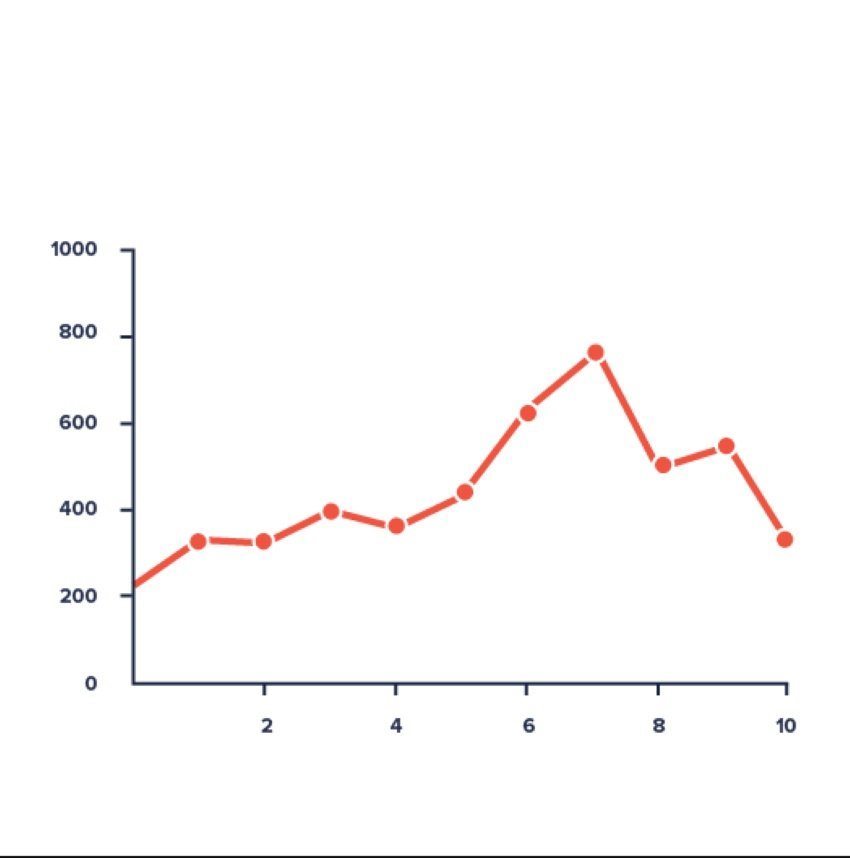

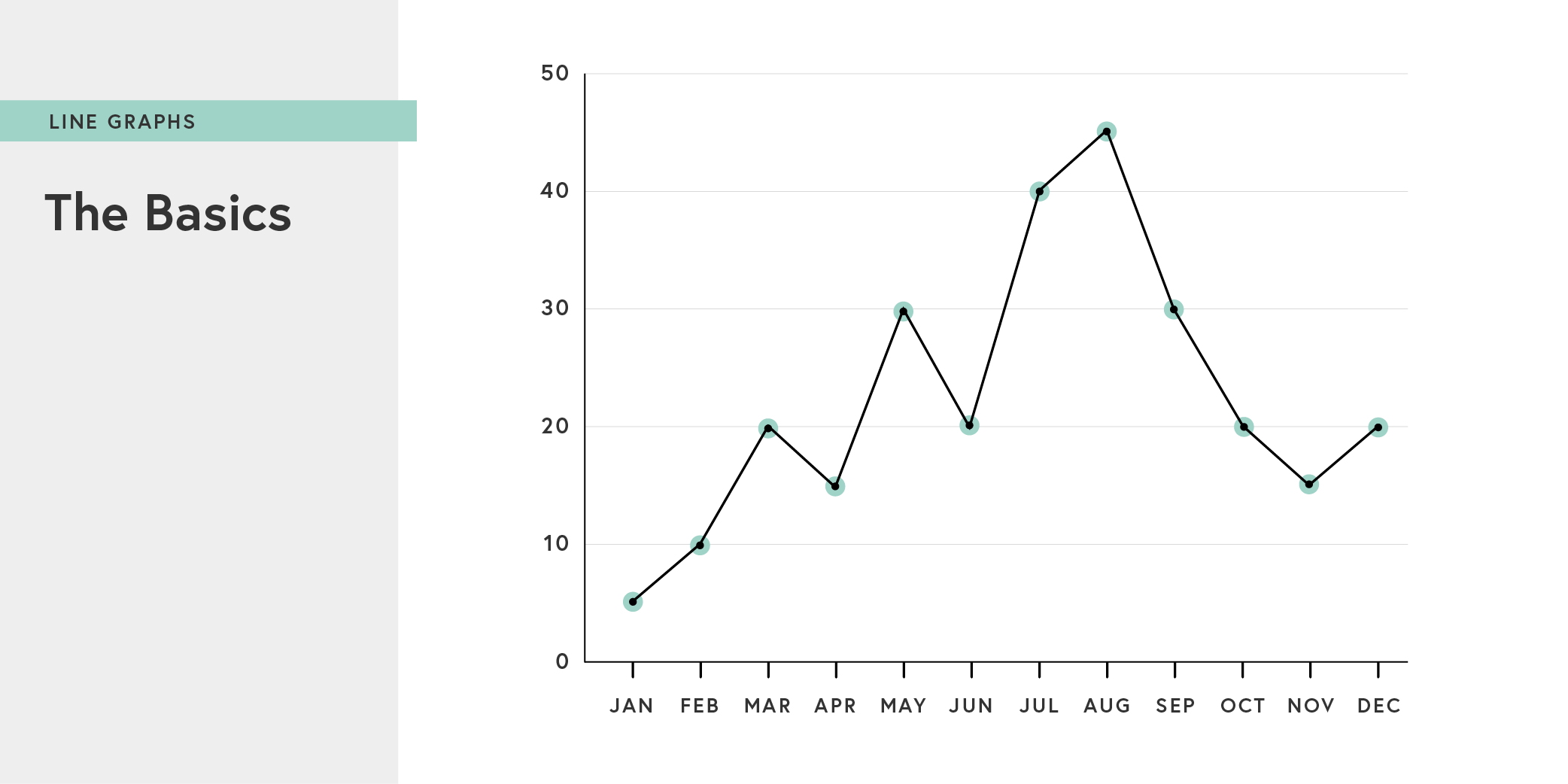
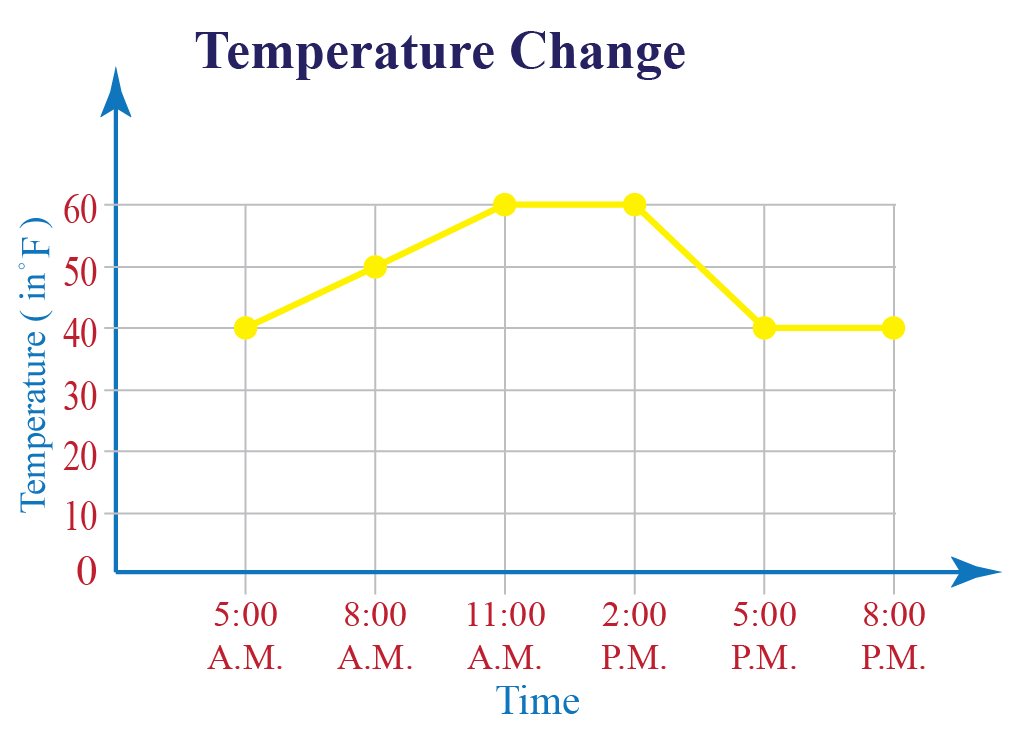

:max_bytes(150000):strip_icc()/Clipboard01-e492dc63bb794908b0262b0914b6d64c.jpg)
